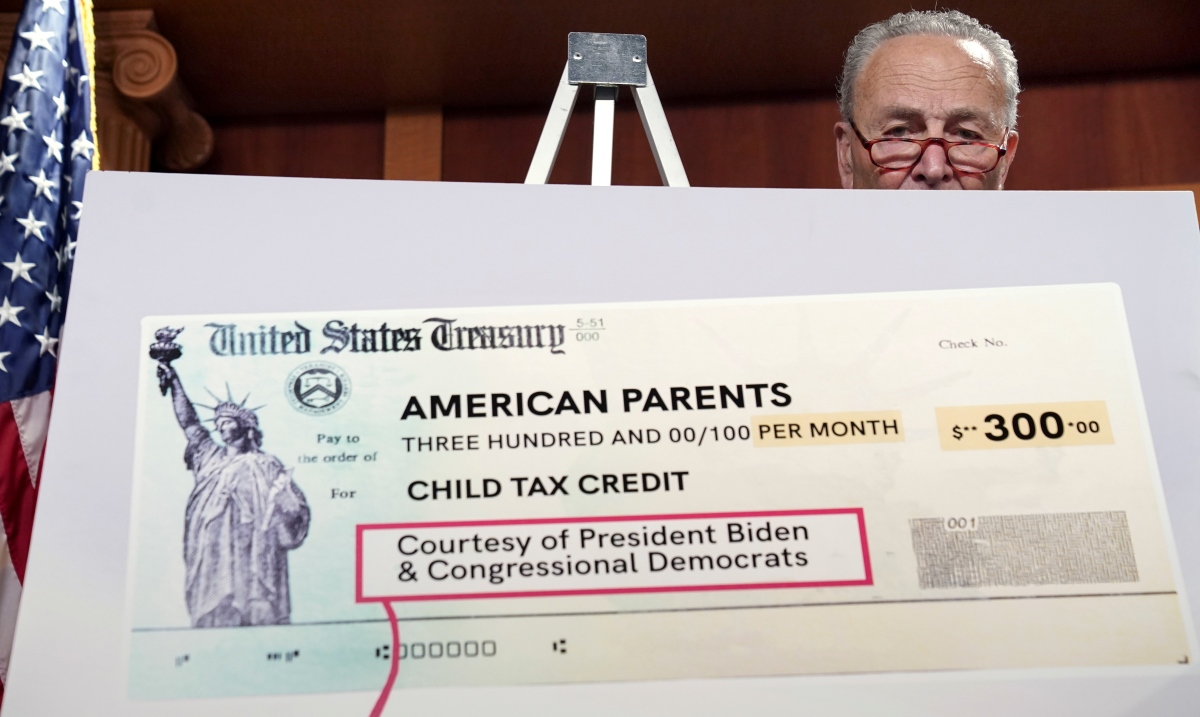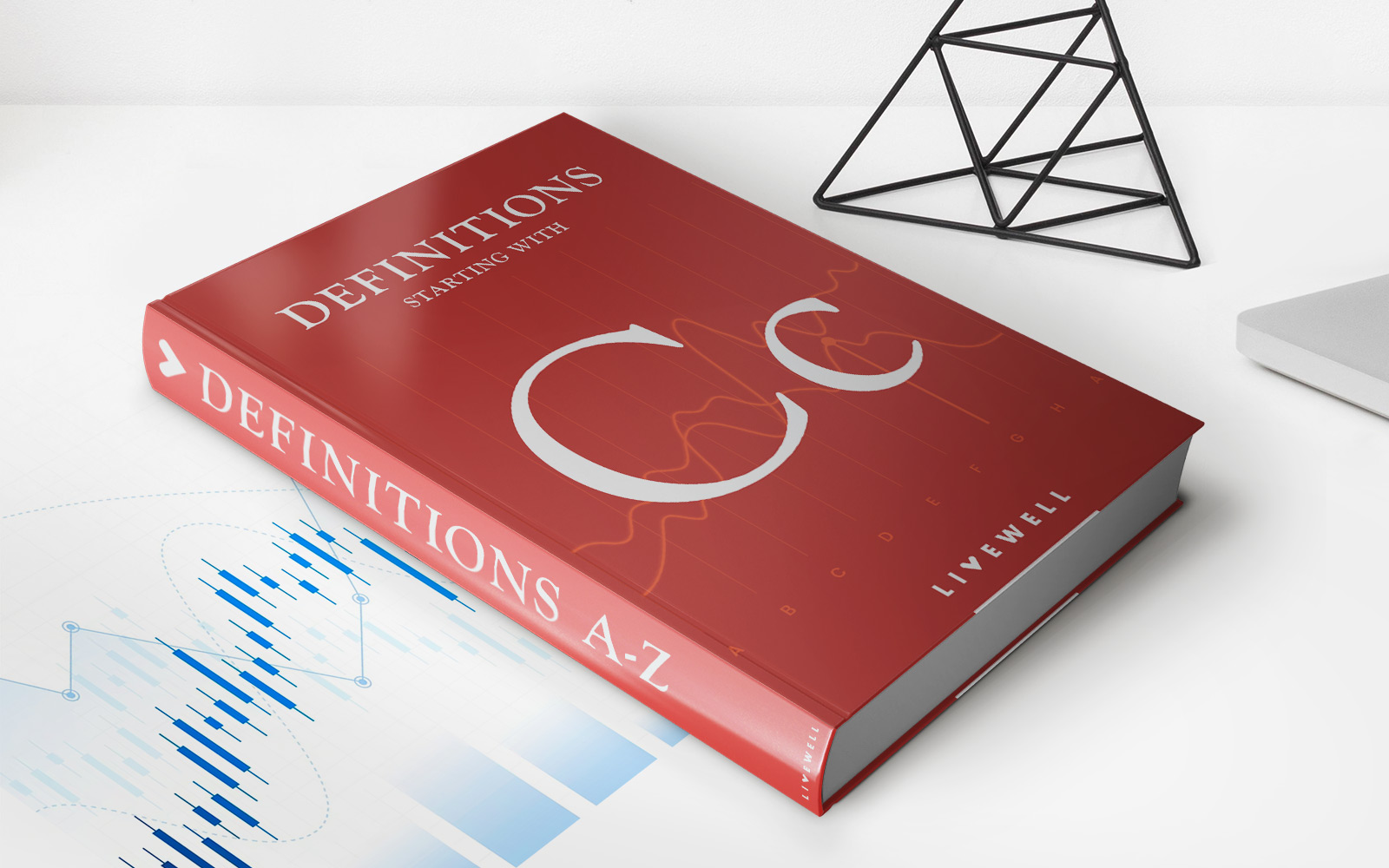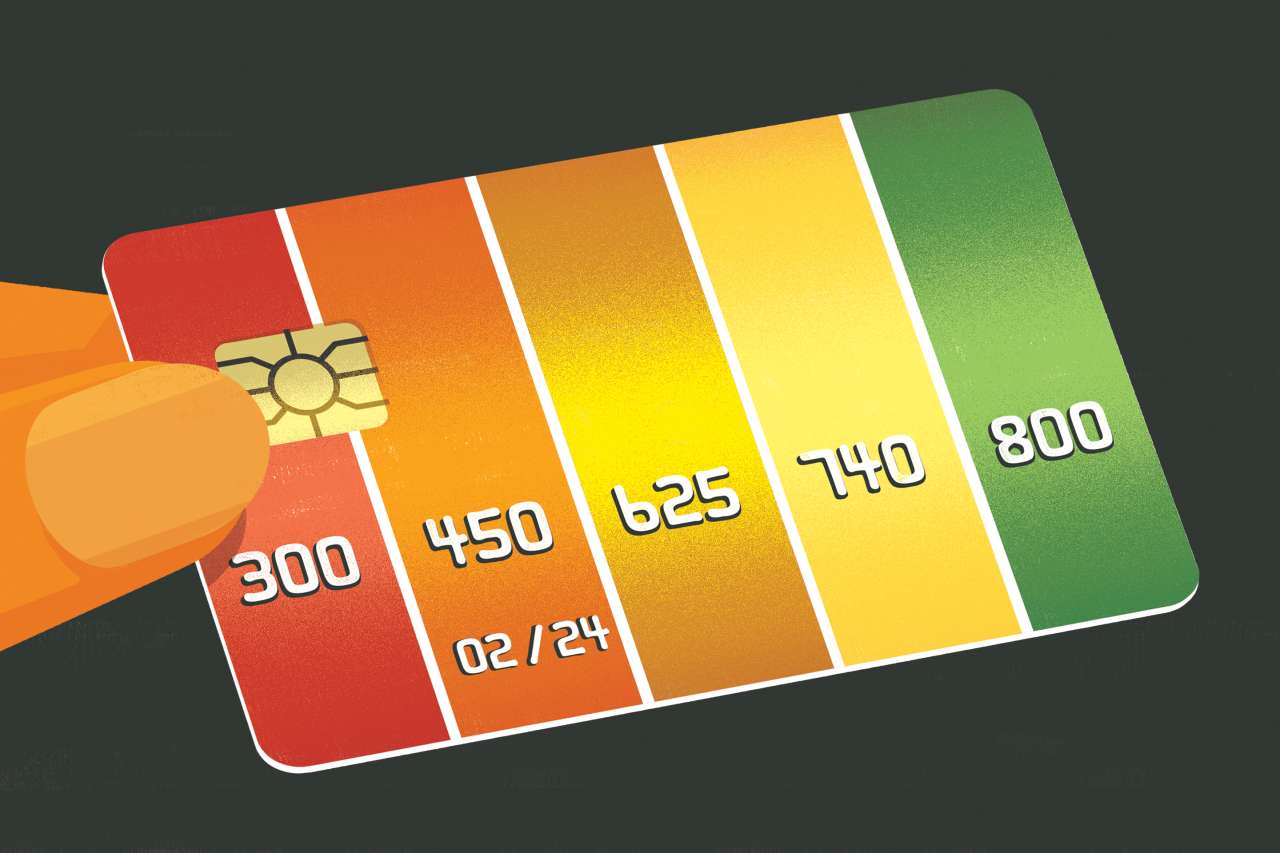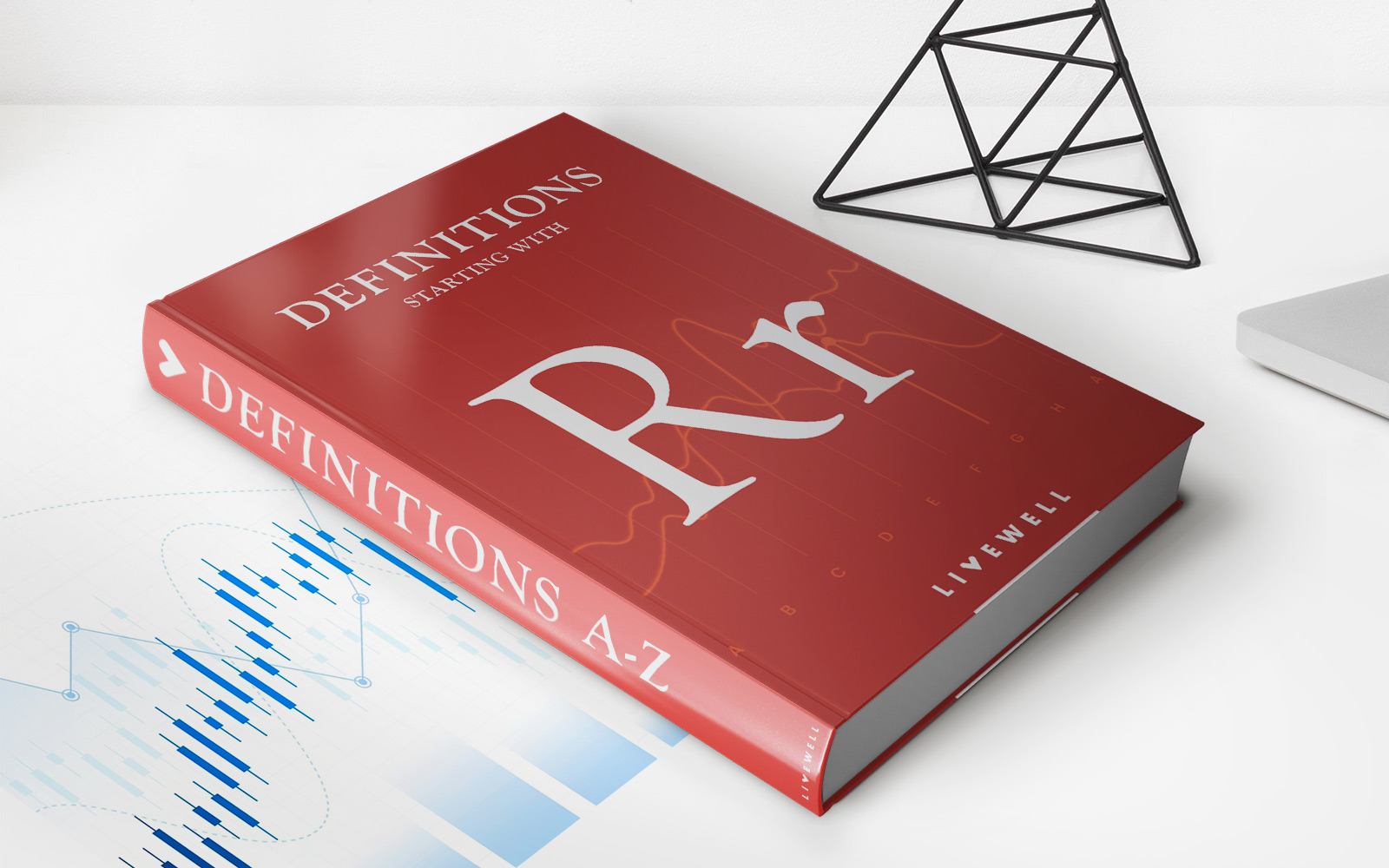

Finance
How To Calculate Child Tax Credit In 2015
Published: January 7, 2024
Learn how to calculate the Child Tax Credit for the year 2015 and maximize your financial benefits. Explore our comprehensive finance guide now!
(Many of the links in this article redirect to a specific reviewed product. Your purchase of these products through affiliate links helps to generate commission for LiveWell, at no extra cost. Learn more)
Table of Contents
Introduction
Welcome to the world of taxes! If you have children, you may qualify for the Child Tax Credit, a tax benefit that can help reduce your overall tax liability. The Child Tax Credit is designed to provide financial relief to families by allowing them to claim a credit for each eligible child. This credit can help offset the costs of raising children and can make a significant difference in your tax return. In this article, we will explore how to calculate the Child Tax Credit specifically for the year 2015.
Keep in mind that tax laws are subject to change, so it is essential to consult with a tax professional or refer to the latest IRS guidelines for the most up-to-date information. Additionally, this article is specifically focused on the 2015 tax year; the calculations and rules may vary for different tax years.
Before diving into the nitty-gritty details, it’s crucial to understand the basic eligibility requirements for claiming the Child Tax Credit. To qualify, you must meet certain criteria regarding income limits, have a qualifying child, and ensure you are within the credit phase-out range. Let’s explore these requirements in more detail in the following sections.
Eligibility Requirements
In order to claim the Child Tax Credit for the year 2015, there are specific eligibility requirements that you must meet. These requirements include meeting income limits, having a qualifying child, and ensuring your income falls within the phase-out range. Let’s explore these requirements further:
- Income Limits: Your modified adjusted gross income (MAGI) must be below a certain threshold to be eligible for the Child Tax Credit. In 2015, the income limits were set at $110,000 for married filing jointly, $55,000 for married filing separately, and $75,000 for all other filing statuses. Keep in mind that these income limits are subject to change, so it’s crucial to refer to the latest IRS guidelines for the specific tax year you are filing.
- Qualifying Child: To claim the Child Tax Credit, you must have a qualifying child. The child must be under the age of 17 at the end of the tax year and meet certain relationship, residency, and support tests. The child must be your son, daughter, stepchild, foster child, brother, sister, stepbrother, stepsister, or a descendant of any of these individuals. Additionally, the child must have lived with you for more than half of the tax year.
- Phase-out Range: If your income exceeds a certain threshold, the Child Tax Credit begins to phase out. For the year 2015, the phase-out range was set at $55,000 for married filing separately, $75,000 for single, head of household, and qualifying widow(er), and $110,000 for married filing jointly. The credit diminishes by $50 for each $1,000 of income above the phase-out limits.
Meeting these eligibility requirements is essential to be able to claim the Child Tax Credit. It’s important to ensure that you meet all the criteria and understand how they may be subject to change in different tax years. Now that we have covered the eligibility requirements, let’s move on to understanding the income limits for the Child Tax Credit in 2015.
Income Limits
Understanding the income limits for the Child Tax Credit is crucial to determine if you are eligible to claim the credit. The income limits specify the maximum amount of modified adjusted gross income (MAGI) that you can have before the credit begins to phase out. For the tax year 2015, the income limits were as follows:
- Married Filing Jointly: The Child Tax Credit starts to phase out for couples filing jointly with a MAGI above $110,000.
- Married Filing Separately: The phase-out threshold for those filing separately is a MAGI above $55,000.
- Single, Head of Household, or Qualifying Widow(er): The phase-out kicks in for single filers, those filing as head of household, or as qualifying widow(er) with a MAGI exceeding $75,000.
It is important to note that these income limits are subject to change. It is always advisable to consult the latest IRS guidelines to ensure accuracy for the specific tax year you are filing.
Keep in mind that the Child Tax Credit gradually decreases as your income exceeds these limits. For every $1,000 of income above the threshold, the credit is reduced by $50. Once your income exceeds the phase-out range, the Child Tax Credit is reduced to zero.
It is crucial to consider your modified adjusted gross income when determining your eligibility for the Child Tax Credit. Ensuring that your income falls within the income limits is an important step in claiming this valuable tax benefit. Now that we understand the income limits, let’s move on to the next requirement: having a qualifying child.
Qualifying Child
Having a qualifying child is a vital requirement to claim the Child Tax Credit. The IRS has specific criteria that must be met to determine if a child qualifies for the credit. Let’s go through these criteria in detail:
- Age: To be considered a qualifying child for the Child Tax Credit, the child must be under the age of 17 at the end of the tax year. This means that they must still be 16 years old or younger by December 31st of the applicable tax year.
- Relationship: The child must have a relationship to the taxpayer claiming the credit. This can include being the taxpayer’s son, daughter, stepchild, foster child, brother, sister, stepbrother, stepsister, or a descendant of any of these individuals.
- Residency: The child must have lived with the taxpayer for more than half of the tax year. Temporary absences, such as for school, vacation, or medical care, are still considered as time lived with the taxpayer.
- Support: The child must not have provided more than half of their own financial support during the tax year. The taxpayer must have provided the majority of the child’s financial support.
It’s important to note that in cases of divorce or separation, the custodial parent is usually the one who claims the Child Tax Credit. However, there are exceptions and special rules that may apply, so it’s advisable to consult with a tax professional or refer to IRS guidelines to determine which parent is eligible to claim the credit.
Ensuring that your child meets all the qualifying criteria is crucial to claim the Child Tax Credit. Taking the time to understand these requirements and gather the necessary documentation will help you determine if you are eligible for this tax benefit. Now that we have covered the criteria for a qualifying child, let’s move on to exploring the maximum amount of credit that can be claimed.
Maximum Credit Amount
The maximum amount of the Child Tax Credit that can be claimed varies depending on the tax year. For the tax year 2015, the maximum credit amount was $1,000 per qualifying child. This means that if you had multiple eligible children, you could potentially claim a credit of up to $1,000 for each child.
It’s important to note that the Child Tax Credit is non-refundable, which means that it can only reduce your tax liability to zero. If the credit exceeds your tax liability, you may not receive the excess amount as a refund. However, there is an additional component called the Additional Child Tax Credit that may allow you to receive a portion of the credit as a refund if you meet certain criteria.
To determine the specific tax benefits and credits available to you, be sure to consult with a tax professional or refer to the latest IRS guidelines for the specific tax year you are filing for. These guidelines will provide you with accurate information on the maximum credit amounts and any additional options that may be available.
Now that we understand the maximum credit amount, let’s move on to understanding how the Child Tax Credit begins to phase out as your income exceeds certain thresholds.
Phase-out Range
As your income exceeds certain thresholds, the Child Tax Credit begins to phase out. The phase-out range determines the income level at which the credit starts to gradually reduce. Understanding the phase-out thresholds is essential to determine the amount of Child Tax Credit you may be eligible for. For the tax year 2015, the phase-out range for the Child Tax Credit was as follows:
- Married Filing Separately: The phase-out range for those filing separately was a modified adjusted gross income (MAGI) above $55,000.
- Single, Head of Household, or Qualifying Widow(er): The phase-out range for single filers, those filing as head of household, or as qualifying widow(er) was a MAGI above $75,000.
- Married Filing Jointly: The phase-out range for couples filing jointly was a MAGI exceeding $110,000.
It is important to note that the Child Tax Credit reduces by $50 for each $1,000 of income above the phase-out limits. Once your income exceeds the phase-out range, the credit is reduced to zero.
Keep in mind that these phase-out ranges may change for different tax years. It’s crucial to consult the latest IRS guidelines or seek advice from a tax professional to determine the specific phase-out limits for the tax year you are filing for.
Understanding how the Child Tax Credit gradually phases out as your income increases is vital in estimating the amount of credit you may be eligible to claim. Now that we have covered the phase-out range, let’s move on to the next section, where we will dive into the calculations to determine the Child Tax Credit amount.
Calculating the Child Tax Credit
Calculating the Child Tax Credit involves a few steps, but it can be done relatively easily once you have gathered all the necessary information. To determine the amount of the credit, follow these steps:
- Determine the number of qualifying children: Identify how many children you have that meet the criteria for a qualifying child. The maximum credit per qualifying child for the tax year 2015 was $1,000.
- Calculate your Child Tax Credit before phase-out: Multiply the number of qualifying children by the maximum credit amount per child ($1,000). This will give you the total Child Tax Credit amount before any phase-out reduction.
- Check your income level: Compare your modified adjusted gross income (MAGI) to the phase-out range for your filing status. If your income exceeds the phase-out limits, you will need to calculate the reduction in the credit amount.
- Calculate the reduction in the credit amount: For each $1,000 of income above the phase-out range, the Child Tax Credit reduces by $50. Multiply the excess amount by $50 to determine the reduction in credit.
- Subtract the reduction amount from the initial credit amount: Subtract the reduction amount from the initial Child Tax Credit amount to determine the final credit amount you can claim.
It’s important to note that the Child Tax Credit cannot exceed your tax liability. If your tax liability is lower than the calculated credit amount, you may not be able to claim the full credit. However, as mentioned earlier, there is an additional component called the Additional Child Tax Credit that may allow you to receive a portion of the credit as a refund if you meet certain criteria.
Now that you know how to calculate the Child Tax Credit, let’s look at an example to help solidify the concept.
Example Calculation
To better understand how the Child Tax Credit is calculated, let’s walk through an example:
Suppose for the tax year 2015, you have two qualifying children. The maximum credit amount per child is $1,000. Your modified adjusted gross income (MAGI) is $90,000, which falls within the phase-out range for your filing status.
First, calculate the Child Tax Credit before phase-out. Multiply the number of qualifying children by the maximum credit amount per child:
2 qualifying children x $1,000 = $2,000
Next, determine the reduction in the credit amount based on your MAGI. For each $1,000 of income above the phase-out range, the credit is reduced by $50. Calculate the excess amount by subtracting the phase-out limit from your MAGI:
$90,000 – $75,000 = $15,000
Divide the excess amount by $1,000 and multiply it by $50 to calculate the reduction in the credit:
$15,000 ÷ $1,000 x $50 = $750
Finally, subtract the reduction amount from the initial credit amount:
$2,000 – $750 = $1,250
In this example, you would be eligible to claim a Child Tax Credit of $1,250.
Keep in mind that this is just an example, and actual calculations may vary depending on your specific circumstances. It’s always advisable to refer to the latest IRS guidelines or consult with a tax professional for personalized and accurate calculations.
Now that we have seen an example of how the Child Tax Credit is calculated, let’s move on to some additional considerations to keep in mind when claiming the credit.
Additional Considerations
When it comes to claiming the Child Tax Credit, there are a few additional considerations to keep in mind:
- Filing Status: The Child Tax Credit is available to taxpayers who file as single, head of household, qualifying widow(er), or married filing jointly. Make sure you select the appropriate filing status that aligns with your situation.
- Tax Liability: The Child Tax Credit can only reduce your tax liability to zero. If your tax liability is already low or you are eligible for other tax credits, it’s important to understand how these factors may impact the amount of credit you can claim.
- IRS Documentation: Be prepared to provide the necessary documentation to support your claim for the Child Tax Credit. This can include your child’s birth certificate, proof of residency, and any other relevant documentation that verifies the relationship between you and your child.
- Child’s Social Security Number: You will need to provide your child’s Social Security Number when claiming the Child Tax Credit. Ensure that you have the correct and up-to-date information to avoid any delays or issues with your claim.
- Tax Law Changes: Always be aware of changes to tax laws that may impact the Child Tax Credit. Tax laws are subject to change, and it’s crucial to stay updated with the latest IRS guidelines or seek advice from a tax professional to ensure you are claiming the credit correctly.
Remember, the Child Tax Credit is designed to provide financial relief for families. Taking advantage of this credit can help reduce your tax liability and put extra money towards supporting your children’s needs. Ensure that you understand the eligibility requirements, income limits, and calculation methods to maximize the benefits of the Child Tax Credit.
Now that we have covered all the necessary details and considerations related to calculating the Child Tax Credit, let’s conclude our article.
Conclusion
The Child Tax Credit can be a valuable tax benefit for families, providing financial relief and support for the costs of raising children. Understanding how to calculate the Child Tax Credit for the tax year 2015 is essential to determine your eligibility and the potential amount you can claim. By meeting the eligibility requirements, including income limits and having a qualifying child, you can take advantage of this credit to reduce your tax liability.
Remember to consult the latest IRS guidelines or seek advice from a tax professional to ensure accuracy and stay updated with any changes to tax laws that may impact the Child Tax Credit. Be aware of your filing status, tax liability, and the necessary documentation you may need to support your claim. By doing so, you can maximize the benefits of this tax credit and potentially put extra money towards supporting your children’s needs.
The example calculation provided in this article gives you a basic understanding of how the Child Tax Credit is calculated. However, each individual’s situation may vary, and it’s important to tailor the calculations to your specific circumstances.
Claiming the Child Tax Credit can provide significant financial assistance, so be sure to take advantage of this tax benefit if you are eligible. Remember to keep records of your tax returns and supporting documents for future reference.
Always consult with a tax professional or refer to the latest IRS guidelines for the most accurate and up-to-date information regarding the Child Tax Credit and other tax-related matters.
With this knowledge in hand, you can confidently navigate the realm of tax deductions and credits, ensuring you receive the maximum benefits to support your family’s financial well-being.














